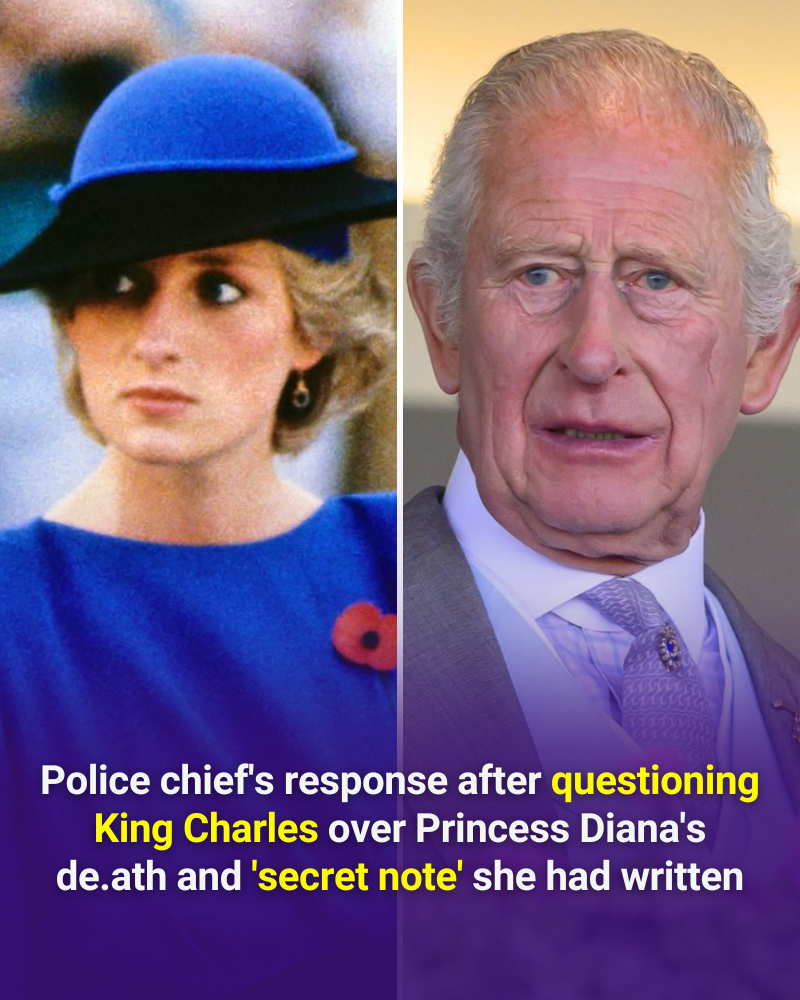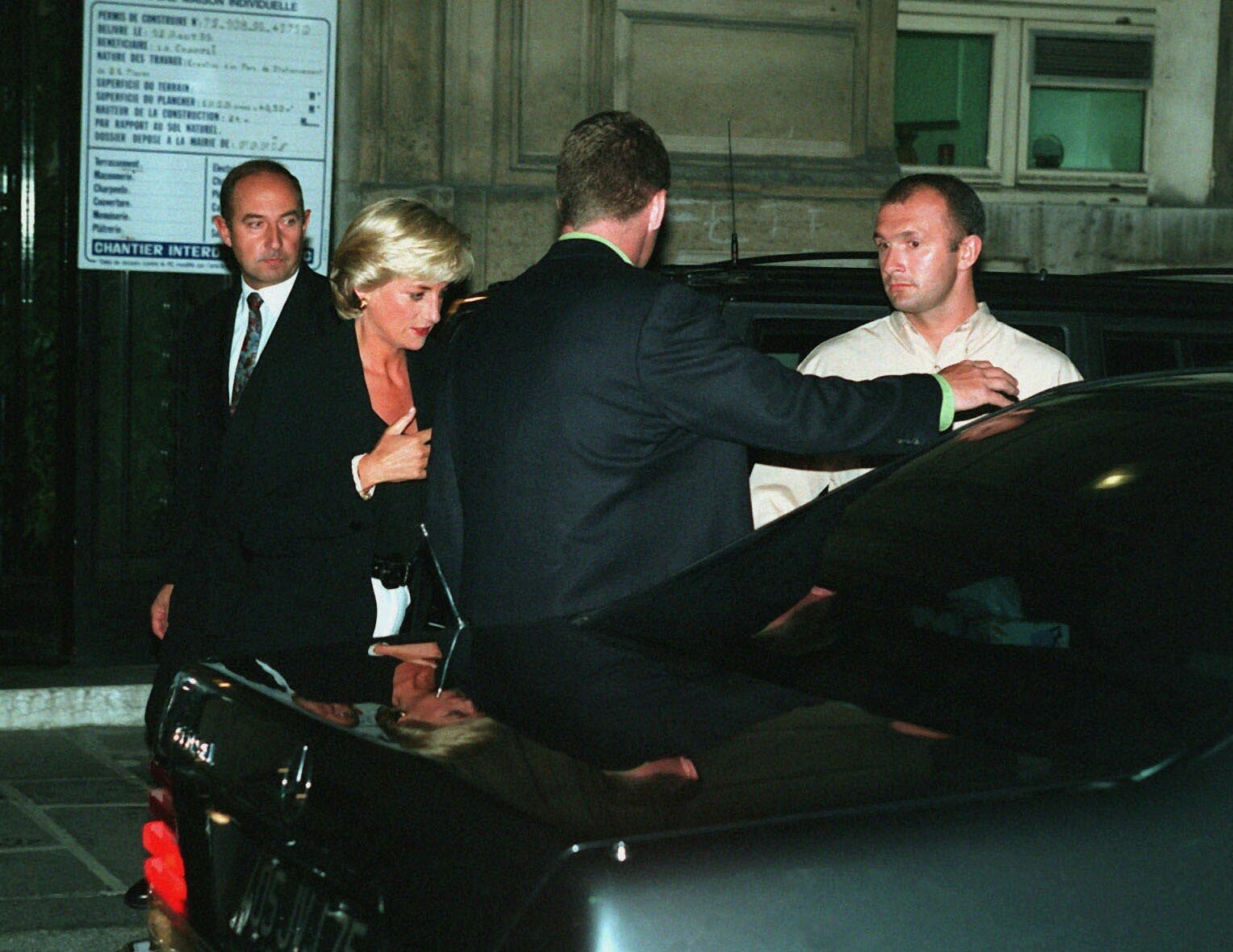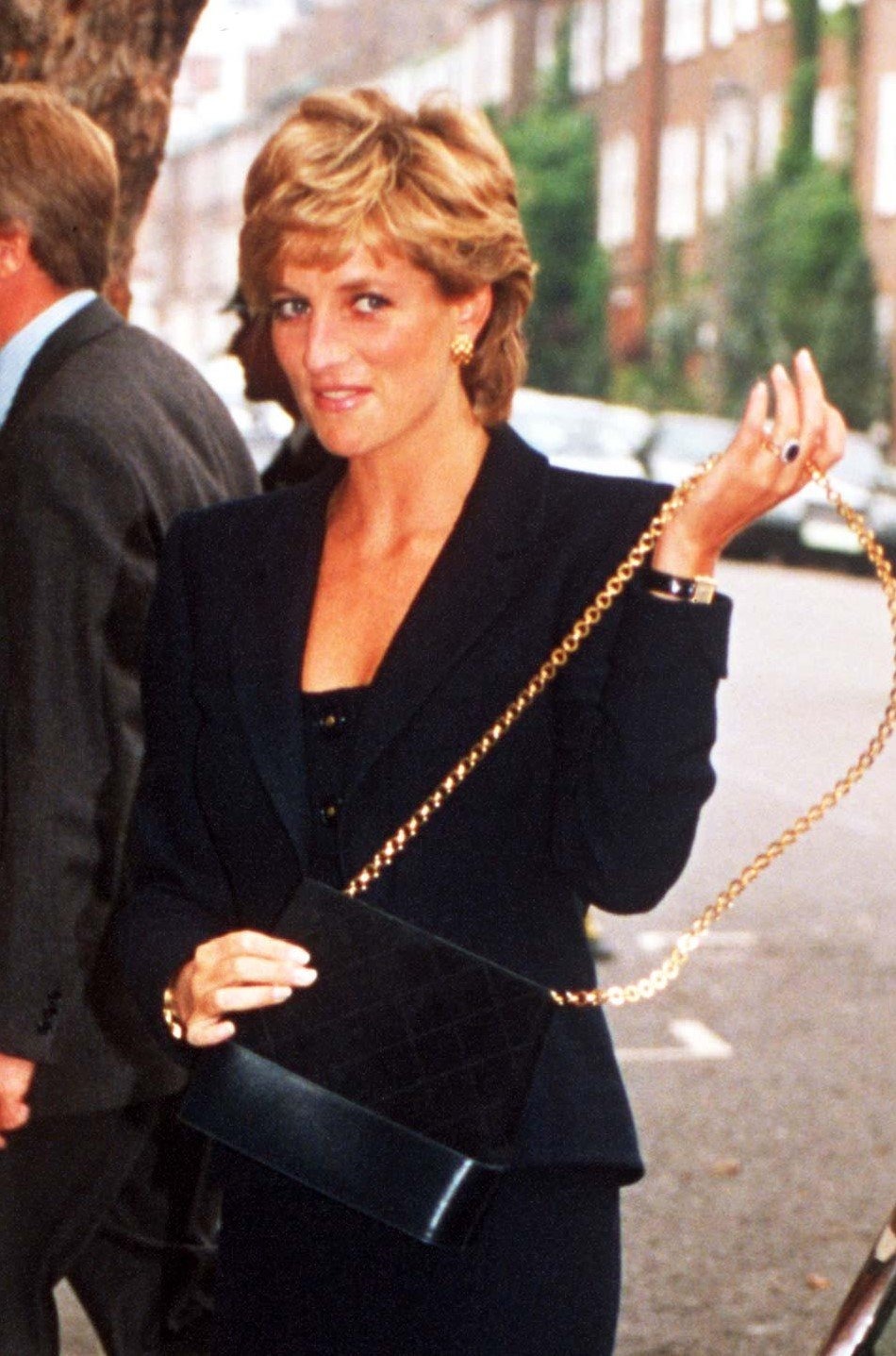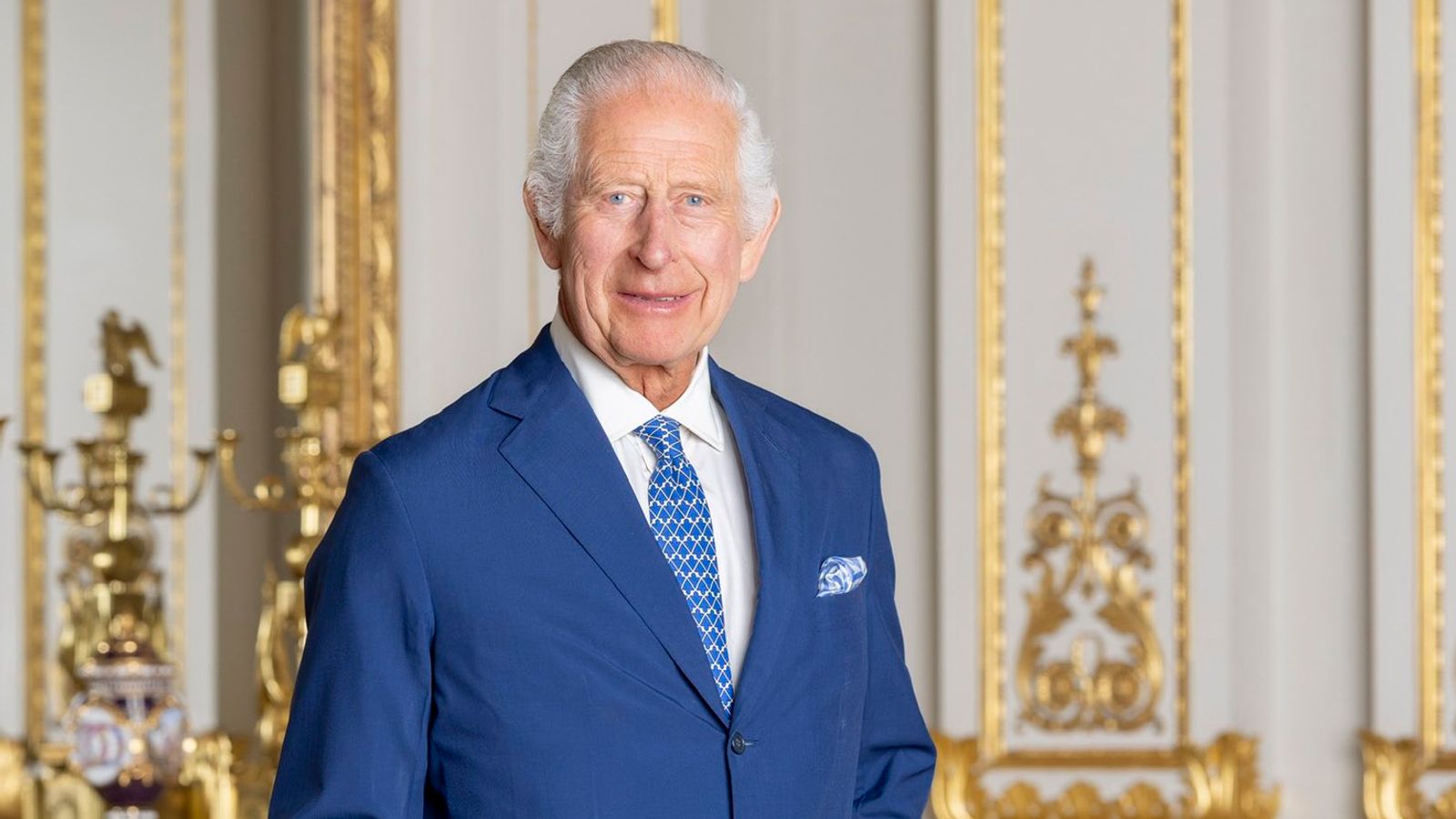
A significant number of Brits have long believed that Princess Diana’s death was not simply an accident.
The former Princess of Wales died tragically in a car crash in Paris on August 31, 1997. Despite emergency medical efforts, her death was confirmed in the early hours of the morning. She left behind her two sons, Prince William and Prince Harry, who were just 15 and 12 at the time.
Only a year earlier, Diana had finalized her divorce from then Prince Charles. The news of her passing reportedly left Charles devastated—he was seen crying at her hospital bedside after flying to France.

What happened to Princess Diana?
Diana, 36, was injured in a crash in Paris and later died in hospital. She had sustained a broken arm, a concussion, and serious leg wounds.
As she was being loaded into the ambulance, she went into cardiac arrest. Although paramedics restarted her heart, she was pronounced dead at the hospital. First responders said Diana was conscious and speaking when they arrived. Her final words were reported to be: “Oh my God, what happened?”

Public skepticism remains
In 2021, to mark what would’ve been her 60th birthday, Sky History commissioned a poll of 2,000 Brits, revealing that a third believed Diana’s death was not accidental. These suspicions aren’t new—a 2013 YouGov survey found that 38% of respondents also doubted the official story.
In the 2021 poll, 33% thought Diana was assassinated, while 25% suspected MI6 involvement. Another 25% believed she was pregnant with her partner Dodi al Fayed’s child at the time. Additional theories included a sabotaged seatbelt (14%) and involvement by the SAS (16%).
Mohamed al Fayed’s claims
Dodi al Fayed’s father, Mohamed al Fayed, has publicly stated his belief that the deaths of his son and Diana were part of a conspiracy. In a 1998 interview with The Mirror, he said: “I believe in my heart 99.9% that it was not an accident.” He alleged the crash had been orchestrated by Prince Philip and carried out by MI6 to prevent Diana from marrying his son, who was Muslim.
Due to the serious nature of these claims and their implications in the UK, a formal investigation was launched.

Operation Paget: The official inquiry
In January 2004, Operation Paget was created to investigate the conspiracy theories surrounding Diana’s death. Led by the royal coroner Michael Burgess, the inquiry lasted three years and cost millions. It concluded that the crash—which killed Diana, Dodi, and driver Henri Paul—was the result of grossly negligent driving.
David Douglas, one of the investigators, told ITV’s Good Morning Britain: “It’s my absolute total belief it was a terrible, tragic accident.”
As part of the inquiry, Prince Charles was interviewed in 2005. Former police commissioner Sir John Stevens questioned him about a note Diana had written in 1995, where she claimed: “My husband is planning ‘an accident’ in my car, brake failure and serious head injury… to make the path clear for him to marry.”
Diana believed Charles wanted to wed Tiggy Legge-Bourke, and referred to Camilla as a decoy. Stevens said Charles was fully cooperative and believed he had no knowledge of the note’s intent.

Final conclusions
In October 2007, the 871-page Operation Paget report was released, along with over 600 pieces of evidence. It reaffirmed that Diana’s death was accidental and discredited the major conspiracy theories, including rumors that Diana was pregnant or being watched by MI6.
The report confirmed Henri Paul was intoxicated and driving at high speed, and that Diana and Dodi were not wearing seatbelts. These conclusions were later supported by the coroner’s inquest, which ruled the deaths were due to “grossly negligent driving.”